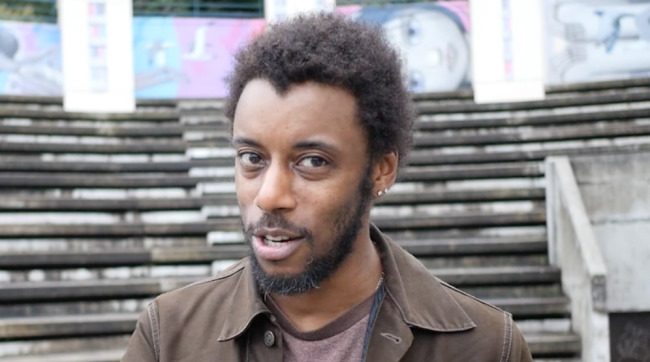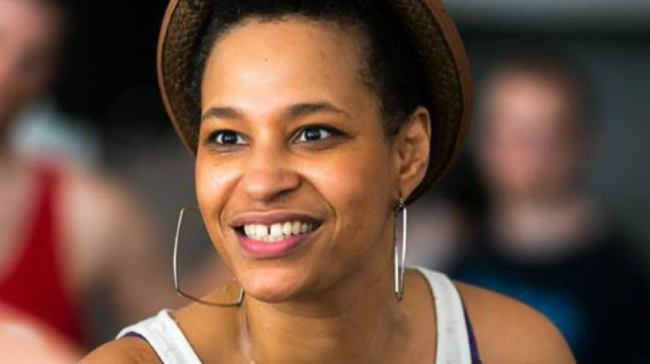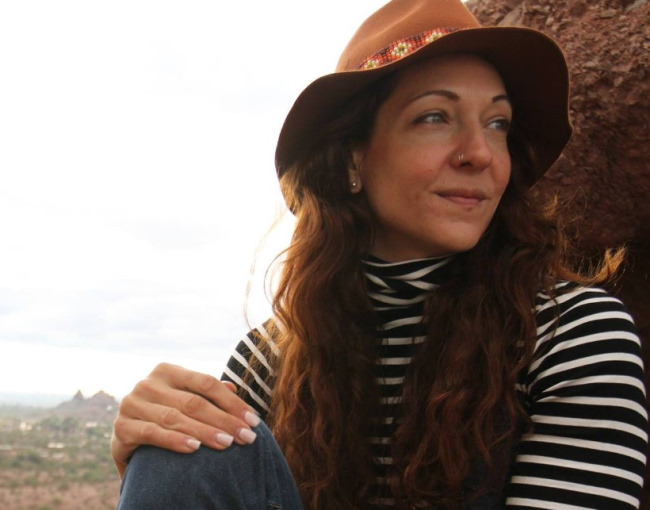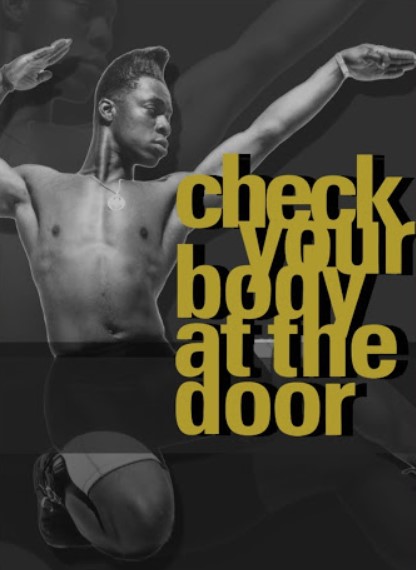A major part of the underground culture in cities like Chicago and New York is house dancing.
House Dance appeared in the 1970s and it quickly rose in popularity until it’s danced not only in American cities but also in cities abroad.
In today’s article, we will take a look at House Dance from top to bottom. Here, you’ll find its history as well as house dancing techniques, moves, and more.
Table of Contents
House Dance Definition
Depending on who you ask and what source you read, there will be different interpretations of what House dancing is.
Connecting several accounts and documents together, the basic definition of House dancing is that it is a type of freestyle street dance and social dance that’s performed on top of house music.
House music is the key here. It is intimately connected with the dance. Without the music, there would be no house dancing.
And if you dance on top of any track that isn’t part of the House genre, then you wouldn’t actually be “House dancing” at all!
House Dance History
The Fall Of Disco
The rise of House dancing coincides with the fall of disco. Around the 1970s, clubs began to grow tired of disco.
It’s considered to be too formulaic by club-goers as well as club owners alike. The people demanded something new.
And the artists answered.
This is the part where the story gets quite murky. Many artists over time have claimed to be the first person to come up with House music.
Here are two notable cases.
The New Disco Music Created
The first case is about two DJs in New York: Larry Levan and Frankie Knuckles.
To create something “new” out of the supposedly out-of-style disco music, they combined disco tracks together with elements from other music genres. Like breaks, afro beats, and electronic music.
Their records soon became extremely popular in New York and were sold in record shops throughout the city. A big club in Chicago, called “The Warehouse”, picked up the pair’s music and began to play it.
And the story went that it was at The Warehouse, on top of the thrumming beat of Larry Levan and Frankie Knuckles’ music, that House dancing was formed.
For the second case, some sources write that the first House genre music didn’t appear until the mid-1980s.
They cited an 8-minute record made by Jessie Saunders and Vince Lawrence with the title “On & On”.
The claim is that “On & On” is the first record of the House genre ever and that house dancing was first based on the beat of this song.
Which one is true?
Turns out, nobody knows.
These aren’t the only stories or interpretations about the beginning of House music or House dancing. There are many more, yet nobody is able to verify them.
This isn’t uncommon for underground dances. Stories got told, but since they were not written down, eventually, they were forgotten.
But it’s interesting, nevertheless, to learn when, where, and how it began, even if we don’t know the specifics!
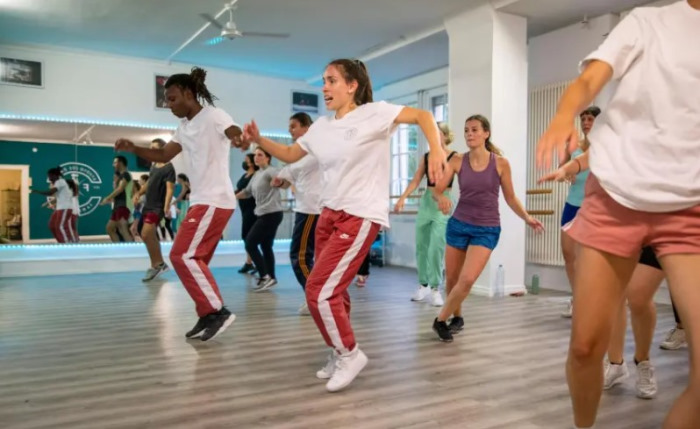
House Dance Style
House dance is a type of freestyle dance that emphasizes improvisation. So, compared to other types of street dances out there, House dancing is one of the most liberal dances.
You can improvise and think up new moves on your feet (literally). No one will call you out on it if you do.
There are three primary elements to House dancing.
Jacking
Jacking is the most well-known element in House dancing. You will see it being performed a lot in early footage of house dancing in the 80s and 90s.
Jacking is done by making a “rippling” motion with your torso. Your body should rock fluidly to the rhythm of the music.
Some people have described it as being “sex-driven” … which is quite true. The movement, if you were to look at it up close, is suggestive aside from being energetic.
It’s one of the many reasons why Jacking has become such an important element in House dancing!
Footwork
Footwork is exactly what it sounds like: foot movement. It is the key way that dancers distinguish themselves from others.
A dancer’s footwork routine is like his or her signature. It should be unique as well as eye-catching. Remember, creativity and improvisational skills are key in House dancing.
Since House dancing came from minority communities in NYC and Chicago, the styles that you’ll see in a footwork routine can be extremely diverse.
A House dancer can incorporate different moves and elements from Latin, jazz, and tap, to afro.
Lofting
Compared to jacking and footwork, lofting appeared and was added to House dancing much later in the 80s.
Lofting emphasizes fluidity and gracefulness. These characteristics are so important in lofting that some consider it to be an acrobatic feat.
Lofters usually perform a series of floor work (moves where the body stays close to the ground), which is closely followed by footwork and jacking.
The name originates from “The Loft”, which is a club in NYC. It’s where lofting first appeared.
House Dance Moves
The Philosophy of House Dancing: Freestyle
House dancing, to all those who perform it, is much more than just a dance style. It is a philosophy.
In the 2000s, House dancing went from being an underground, informally-performed dance to something akin to being “legit”.
Several performers-of-note, like Brian Green, Mop Top, and Elite Force banded together to create many House dancing organizations.
Some of the first, like Dance Fusion and World Soul, were instrumental in “codifying” the dance.
Basically, the essence of House dancing is written down. From its philosophy down to different moves.
And what is House dancing philosophy?
According to Jojo Diggs, it’s all about the “free” part of freestyle. When a dancer comes on stage, they must leave everything behind, from their personal baggage and their attitude.
Only in that way, the dancer can escape their personal identity outside of the stage to become a straight-and-true dancer.
It’s like being an entirely different person, one without stress, problems, or challenges.
The feeling that you get after you have “transformed” is one of complete freedom.
And since you’re no longer chained by anything, you would become more relaxed, open, and creative. The movements will come out on their own to the beat of the music.
This is how all of the famous House dancers make up a complicated dance routine on the spot!
Different House Dance Moves
Even though House dancing is a freestyle dance, in order to be able to improvise, you must know a few basic moves, first.
Once you have mastered them all, you can then invent new moves or make unique combinations to create your own dance style.
- The Two-Step
Two-stepping is as simple as bouncing from side to side to the rhythm of the music.
You can learn it in as little as five minutes. The move looks basic, sure, but it makes for a great start in your journey.
- The Monastery
Once you’ve learned the Two-Step, it’s time to get to the Monastery.
It’s basically a more advanced version of the Two-Step. You will still bounce from side to side to the music.
But, instead of bringing your feet together at the end of each bounce, tap the front of your foot using your knee, then turn your foot inward.
As you’re tapping your feet, your arms and hands should move in a circular movement. Complete it with some fluid, groovy torso movement.
The move is named after the club where it originated from, The Monastery in St. Louis.
- Booty Pop
The Booty Pop is basically like a side lunge. Bend both of your knees, then turn your body to one side.
Hold onto the knee on that side with your hands. Now, “pop” your derriere by straightening your back leg and turning it inward.
It’s a beautiful and sensual move. However, it’s usually only ever done by female dancers.
- The Billy Bounce
Bounce from one leg to the other. However, instead of just hopping up and down on your legs, whenever you land, bend your knees inward.
Start first with this simple motion.
Then, after you have mastered it, you can add more flair to your movement by adding a backward kick on the leg you’re not standing on.
There’s usually no fancy arm movement in the Billy Bounce. Keep your arms outstretched and centered at the front of your body. This is a pure footwork move.
- The Dougie
Just about everybody has heard of the Dougie … but not everybody knows how to dance the Dougie!
It’s quite similar to the Two-Step in that you will be moving from side to side. But combine it with some shoulder and arm movements.
- Scoop Arm/Hip Sway
Start by whipping your right arm all the way to the left until your fist reaches back behind your left shoulder. Keep your arm in a straight line with your chin. This is “scooping”.
Then, bring your arm back to the left, up over your head, and then outstretch it right in front of your chest.
Once you do, sway your hips from side to side to the beat of the music.
Like Booty Pop, this move is typically performed by female dancers.
- The Bust Down
This move is far simpler than most and can be mastered in a matter of minutes.
Grab your belt with one hand, then put your other arm in the air. Dip your body to the beat while tugging down on your belt.
House Dance Costumes
There’s really no “costume” or “uniform” in street dance styles like house dancing. Instead, you can wear anything you like. Just make sure that it’s comfortable and safe to dance in.
You don’t want anything that restricts your movement too much and hinders you when you execute some of the trickier, more daring moves.
A loose T-shirt and a pair of sweatpants or yoga pants will do the trick 99% of the time.
As for footwear, sneakers are extremely popular. They’re comfortable, built for sports, and more importantly, they’re cheap and accessible.
It’s important to pick a good pair of shoes for dancing. Look for a pair that’s built tough and provides a lot of support for your soles and your ankles. These are the parts of your legs that are under the most stress.
It’s not fun ending up with a sprained ankle just because of bad shoe selection.
House Dance and Music
Earlier in the article, we have given you a brief look at what house music is. In this segment, we’ll delve deeper into this intriguing music genre.
House music began to appear in the 1970s when DJs began to mix up new music as disco fell from favor among club-goers.
House, at first, is disco music mixed with elements from other genres, like afro, jazz, and electro to give it a more “mechanical” sound.
Later, producers came up with their own unique sounds that now define what a song must sound like to be considered “house music”.
Usually, House music has a repetitive and simple 4/4 rhythm. Tempo is usually fast, running at around 120 beats per minute (BPM).
Sounds are often synthesized by special electronic synthesizers. A variety of sounds can be heard in a typical house-style track, ranging from bass drums, and snare drums, to snaps and claps.
Vocals are included sometimes and they can either be sung or spoken.
House music became extremely popular from the 80s to the 2000s. Modern pop and dance music took a lot of inspiration from House music back in the day.
Famous House Dancers
Ejoe Wilson
Ejoe Wilson is considered to be a pioneer of House dance. He’s been part of the House dancing scene since the very beginning of the 80s.
In 1988, he and two other dancers (Voodoo Ray Ultarté and Sekou Heru) started what’s said to be the first House dancing class ever.
The class was hosted in an old dance studio called “Fasiels”. House dancing is now taught and studied in many countries worldwide.
Being a professional dancer, Ejoe participated in many dance competitions and won many titles.
For example, he won Amateur Night at Apollo Theater not just once, but four times consecutively. He was also the principal dancer for Mariah Carey from 1992 to 2003.
These days, Ejoe is performing with his personal dance company, Beyond Phenomenon. He also occasionally teaches at the Peridance Center and Expg in New York City.
Brian “Footwork” Green
Brian Green, also known by his nickname “Footwork”, is a choreographer, teacher, and dancer.
According to his official biography, Footwork began to dance when he was only 7 years old.
Sometime in the 80s, Footwork discovered House dancing and became enamored with its culture and moves. He retains his passion for House dancing until today.
He was given the nickname “Footwork” because he’s known for his extremely rapid footwork style.
That same style was how he became well known in the underground communities in NYC … and being known there wasn’t at all easy.
For the past 10 years, Footwork has been going around the world teaching house dancing and its culture to young people everywhere. He has also participated in many dance competitions.
Notably, he was a judge on “So You Think You Can Dance” in Singapore!
Tony McGregor
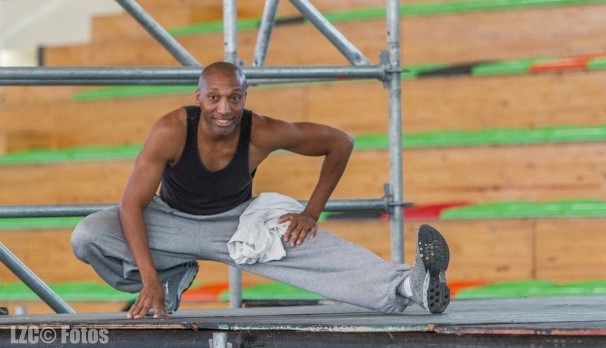
Born in Newark, New Jersey, Tony McGregor began to dance at a very young age. He took to Hip Hop and House like fish to water.
Other than dancing, he’s also extremely passionate about martial arts. As a matter of fact, Tony is fluent in many martial arts styles, like Kali and Pencak Silat.
He combined many elements from these martial arts in his performances, which is one of the greatest reasons why watching him dance is an awesome and unique experience.
Since 1997, Tony has been traveling around the country and the world to judge in street dancing competitions as well as educate people about the joy of dancing.
Marjory Smarth
Marjory Smarth was born in November 1969 in Haiti. In 1974, she moved to New York City and was able to soak in the culture there.
By the time she moved to the States, Marjory was already a prolific dancer who was fluent in Haitian dances.
When she was exposed to even more dance styles in the US, she managed to create a brand new dance style that’s a fusion of the native dances in her country and the American styles.
Marjory was already winning dance competitions left and right even before she became a teenager. Hip-Hop was said to be one of her favorite styles of all time.
In the 1980s, Marjory went professional and appeared with many artists, like Diana Ross and CeCe Peniston. And of course, along the way, Marjory picked up house dancing, too, and predictably became excellent at it.
Unfortunately, Marjory passed away in 2015 from cancer.
Jojo Diggs
Jojo Diggs was a late starter compared to other artists on this list. She only began dancing when she turned 22.
Jojo was first introduced to the art from her ballroom dancing sessions and visits to house clubs in the D.C area.
A decade after she discovered her passion for dancing, Jojo founded Diggs Deeper. It’s a therapeutic dance organization that hopes to use the energy of dancing to heal people as well as promote cultural connectivity.
While she may not be a “famous House dancer” in the traditional sense, as a teacher who has contributed a lot to the house culture, she more than deserves a spot on this list.
Besides these five names, there are many other famous names that you can check out on your own time.
Like “Brooklyn” Terry Wright, Caleaf Sellers, Akira (aka London) Mizuno, Kim D. Holmes, Shannon Mabra, Shannon Selby (aka Shan S), Tony “Sekou” Williams, Voodoo Ray, and others.
Movies About House Dance
Check Your Body at the Door
“Check your body at the door” is the definitive documentary to watch if you wish to learn more about house dancing and house culture in general.
It documents the world of House dancers in NYC during the “golden period” of the 90s.
Aside from having a closer look at the culture and the people through interviews and on-location shots, you’ll also get to see many legendary house dancing performances.
It’s a short 60-minute watch. In our opinion, it’s time well spent!
House Dance Academy
- Motion house dance
- Acid house dance
- Powerhouse dance
- Madhouse dance
- Glasshouse dance
- Free house dance
House Dance Competition
- House Dance International
- Juste Debout
- SDK Europe
- House Dance Europe
- WDC (World Dance Colosseum)
Final Words
From the streets of Chicago and NYC, to large stages and theaters worldwide, and now right on your screen, House dancing has gone through many transformations.
Nevertheless, at its core, house dancing still carries the old roots as a therapeutic, social dance that can help you de-stress and make new friends.
With this article, we hope that you’ve gained a newfound intrigue or even passion for house dance. If so, go ahead and practice! It’s a dance for everybody!


